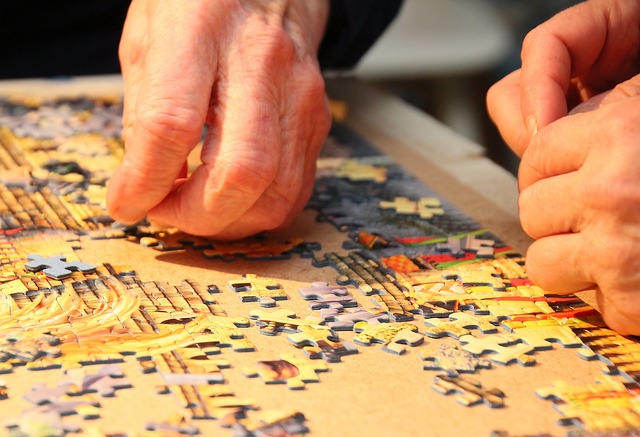Our family has had a long-standing tradition of solving a 1,000 piece jigsaw puzzle whenever we go away on holidays for more than a week.
The collaborative endeavour of solving the jigsaw puzzle has a relaxing effect, builds relationships and facilitates conversation.
Recently, my wife and I went on a holiday and in line with our family tradition purchased a 1,000 word WASJIG? jigsaw puzzle. These puzzles are particularly difficult because the image on the box depicts the present scenario – the jigsaw puzzle itself reflects the same scenario at some future time. So the image you are provided with is just a guide – and sometimes intentionally misleading.
When solving the jigsaw puzzle, it was particularly important to challenge your own assumptions – to change your assumptions about shape, colour or location of a puzzle piece (or sometimes, all three aspects). Often when you got stuck, the way forward was to challenge one or more of your assumptions. This challenge to assumptions was particularly aided by the reflections of the other person, e.g.”Could that piece go at the top, rather than the bottom”; “This looks like becoming a car, not a shop”; “There seems to be a crowd outside the train, have you thought of that to explain the missing pieces?; “Could those two connected pieces be placed vertically rather than horizontally?; “I think that we should sort the last 100 pieces by shape rather than by colour as we have them now.”
The reality is that we have limited perception – we often see what we want to see and often fail to see what is in front of us. We also experience perceptual bias based on our own life experiences. So it is important to reflect with others, to be open to perceptions and perspectives of other people, if we are going to move forward in whatever endeavour we are undertaking.
How often have you worked on a jigsaw puzzle and been unable to find a particular piece and someone walks past and says “this piece looks like it should fill the gap” (and they may have had no prior involvement in the puzzle solving process). They are able to see the puzzle with fresh eyes and have no preconceived ideas or assumptions.
I was reflecting on our processes for solving this jigsaw puzzle and was reminded of the words of Reg Revans, the father of action learning, who suggested that really effective reflection requires challenging our own assumptions. He also maintained that this challenge to our assumptions was achieved more often by reflecting with one or more others. He suggests that when we reflect alone we can often reinforce our existing assumptions – when we reflect with others our assumptions can be open to the challenge of others.
The process of reflection has a strong relationship to mindfulness. As we build our ability to reflect, we become more aware of the need to be mindful in the situation as an aid to reflection (e.g. “If only I had really noticed her reaction at the time, I could have done something about it!”). It is difficult to reflect on what you have said or done, if you lack awareness at the time. In a similar way, when we become more mindful through mindfulness practices, we are better able to reflect-in-action, to reflect on our own words and actions while we are in the process of saying and doing. So, in the final analysis, reflection and mindfulness are mutually reinforcing.
Image Source: Courtesy of Pixabay.com
